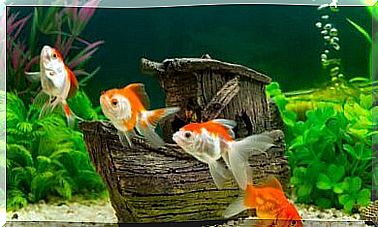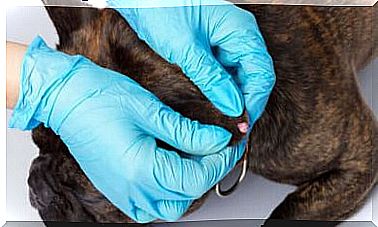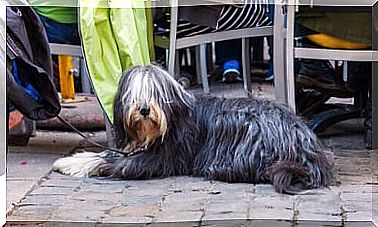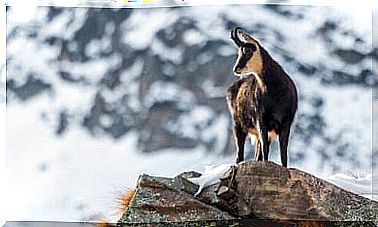The Animals Of The Steppe: What They Are And Characteristics

With extreme temperatures, almost no rain and herbaceous vegetation, this biome is present in few areas of the planet. And although their conditions are adverse, the steppe animals have been able to adapt and proliferate.
To guide you in the discovery of this magnificent living beings, we have decided to tell you about the five most representative steppe animals . We will show you their characteristics and peculiarities, to better understand their way of adapting to this sometimes very hostile place.
What are the animals of the steppe?
There are two types of steppes on the planet: one cold and the other warm. The first extends to central western North America, southern South America, central and southern Asia. The second is southwest of North and South America, south and north of Africa, south of Australia, north of the Arabian Peninsula and in some areas of the Iberian Peninsula.
Although conditions are similar in these biomes, steppe animals vary by continent or region. Let’s see together the most interesting and typical specimens:
1. American bison
It is present in the North American steppe, whose vegetation is mainly characterized by low grasses. Also known as “buffalo”, the bison – in the image that opens this article – belongs to the bovidae family and is a polygamous herbivore that mates between August and September.
Its fur is brown, darker in winter and both males and females have curved horns, which they use to fight during the mating season, or even to defend themselves. It is a very important animal in North American culture, respected, revered and admired by the Sioux and Lakota tribes for centuries.
2. Condor of the Andes
Although it is related to mountain areas – in particular to the Andes mountain range – the Andean condor is one of the animals of the Puna steppe, in South America. It is the largest non-marine bird in the world, known for its black and gray feathers, and its white “neck”, as well as its bald head.

This opportunistic bird (it usually feeds on carrion) is the symbol of several South American countries and is present in the local culture. It chooses high cliffs to form nests protected from the wind and shares them with other specimens. It is monogamous and nests on rock faces, where both parents take turns to incubate the eggs.
3. Horsfield’s Tortoise
Widely distributed in Asia, it can be found in the Russian, Chinese, Afghan and Pakistani steppes. This tortoise has a round, flat, brown carapace (in different shades), and the female is larger than the male, although the latter has a longer tail. Both have four nails, unlike the others of the species, which have as many as five.
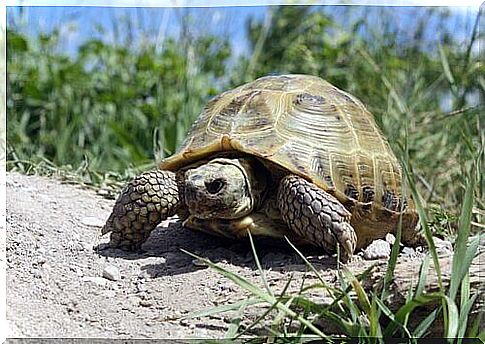
The sight of the Russian tortoise is excellent. It can distinguish people, shapes and colors. Moreover, she knows how to orient herself very well, she is sensitive to the vibrations of the ground and her sense of smell allows her not only to find food, but also a possible partner . It feeds on dry grass, flowers and vegetables.
4. Darwin’s Rhea
This bird cannot fly and receives many names, although it is popularly known as nandú, choique or suri . It lives in the South American steppes, but can also be seen on the plateau and bush. It feeds on herbs, shrubs and bushes.
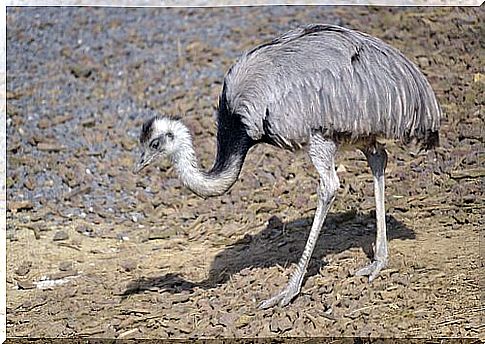
Darwin’s nandu can measure around 120 centimeters and weigh 25 kilos. He is a great runner – he even reaches 60km / h – and males can be a little aggressive, especially when they hatch. In this species it is the father responsible for brooding them and taking care of the weaning of the chicks. It is worth noting that it is a polygamous animal but, in any case, only one adult male can take care of all the chicks, even if they have different females.
5. Saiga
The last of the steppe animals on this list is a Central Asian bovid that lives in Russia, China, Mongolia, Uzbekistan, and Kazakhstan. It is a medium-sized antelope that forms herds to forage for food. In particular, it feeds on plants of various types, even those that are poisonous to other species.
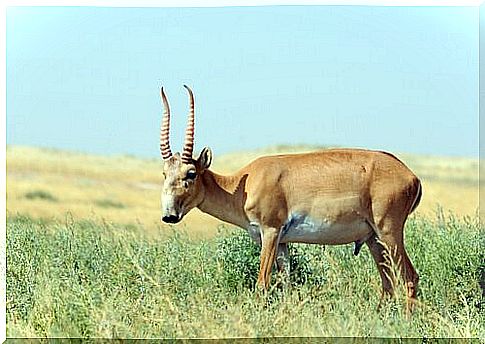
The saiga has light brown fur on almost its entire body, except for the belly, which is white. Males have greyish ringed horns, which they use to fight during the mating season. The winner will earn the opportunity to lead a herd of up to 50 females. A curious fact is that the first birth is always twins. Only starting from the second, the females give birth to only one cub.





